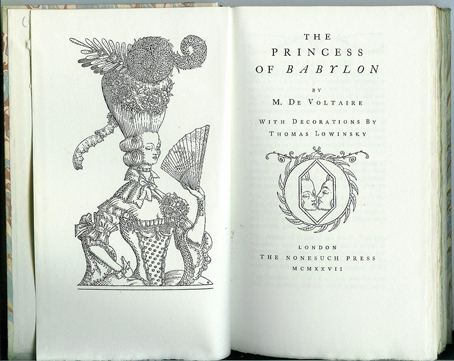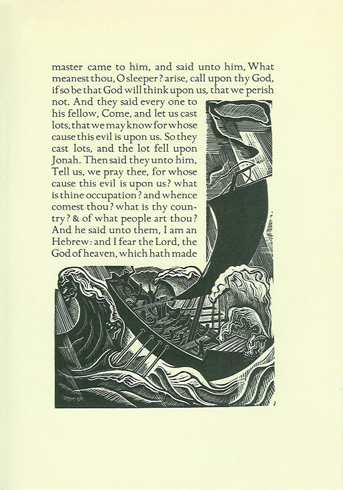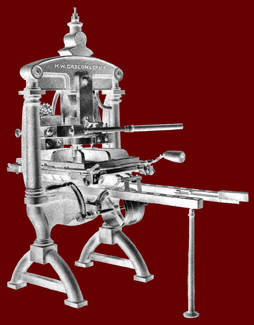At first sight it might seem the private press was the territory of the dilettante and perhaps there is an element of this within the movement even from the very start with Horace Walpole's Strawberry Hill Press, which operated between 1757 and 1789. However, there is also a stronger element that runs through the body of work produced by these presses and this pertains to both radical thought and radical design. The books that these presses produced may now be collectors items but at one point they represented a train of thought that carried forward contemporary book and type design.
Even type design was not always the aim. William Blake is a name which is often missing from the history of book design, but his refusal to use type gave us some of the most exquisite poetry, illustration and hand written text that we can now see as a precursor to the modern artist's book.
The "Daniel Press" was one of the most long lived. Started in 1845 by Daniel aged nine he was lucky enough to be allowed to use the matrices of the Fell type used at the Oxford University Press. As a printer Daniel was independent and remained outside the influences of contemporary nineteenth century England. He became Provost of Worcester College and died in 1919.
The Fell type was revived in about 1876 some time after Daniel started using them.
The name of William Morris is synonymous with the Kelmscott Press but Morris first had his writing printed at the Chiswick Press in 1889. Two years later in 1891 he set up his own press with a clear philosophy about the design of the type.
"I began printing books with the hope of producing some which would have a definite claim to beauty, while at the same time they should be easy to read and should not dazzle the eye, or trouble the intellect of the reader by eccentricity of form in the letters."
To us Morris may seem eccentric as a follower of Medievalism but he gleaned much from the study of manuscripts.
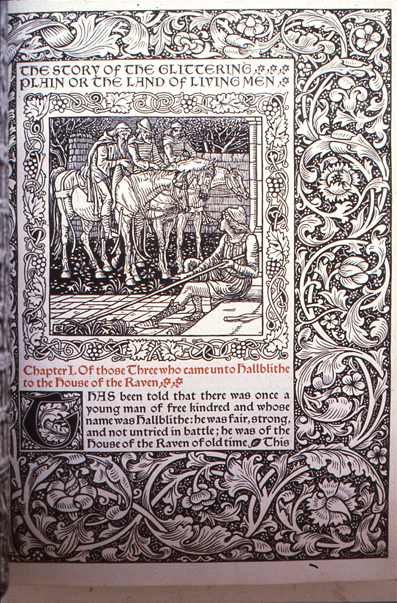
The rich ornate illustrated pages of the Kelmscott books brought together Morris' design skills with the imagination of Edward Burne-Jones
The Essex House press grew out of the ethos of the Arts and Crafts movement; the press came into being in London in 1898 through the efforts of C.R.Ashbee who was a pioneer of that movement.
Ashbee described his purpose as:
"The Arts and Crafts movement began with the object of making useful things, of making them well and making them beautiful; goodness and beauty were the leaders of the movement synonymous terms."
He believed in learning through practical experience and to prove this he started the Guild of Handicraft in the Mile End Road in 1886. For twenty-one years this combination of craft, education and a desire for beauty, succeeded as a practical enterprise. However, it did not survive a move to Chipping Campden in 1902, a move that was thought necessary because of the success in London.
When the Kelmscott Press ceased working Ashbee purchased the two Albion presses and the work force also moved to Essex House.
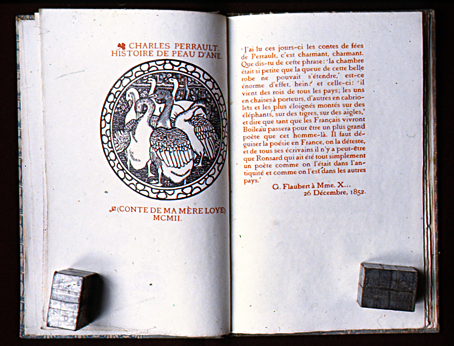
Lucien Pissarro (1863-1944), the son of the Impressionist painter Camille Pissarro moved to London in 1890 and, with his wife Esther, set up the Eragny Press in 1894. Lucien did the type setting and designed and cut the woodblock illustrations while Esther did the bookbinding. Rickets at the Vale Press lent them his Vale type and it was only later, when the Vale Press closed, that the Eragny press books were printed with the specially designed Brook type. The press produced only just over thirty books before it closed in 1914.
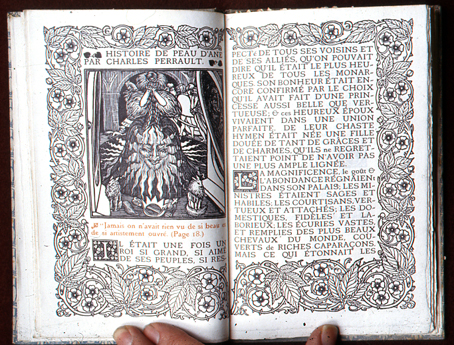
Charles Rickets (1866 - 1931), painter, designer and writer founded the Vale Press in 1896 for which he designed the very fine Vale type. In the relatively short period of eight years, before it closed in 1904, Rickets produced forty-six books.
Ashendene Press was founded in 1895 at Ashendene, Hertfordshire, England, by C. H. St. John Hornby. It moved in 1899 to Chelsea, London, and unlike many other presses, it did not disappear at the time of the First World War but continued publication until 1935.
Nonesuch Press was founded in 1922 by Sir Francis and Vera Meynell and David Garnett. Meynell used commercial printing methods such as the Monotype caster and publications were no longer produced in limited editions as the aim of the press was to offer quality printing to everyone rather than to a small elite.
© Arvon Wellen 2006
|
|
|
